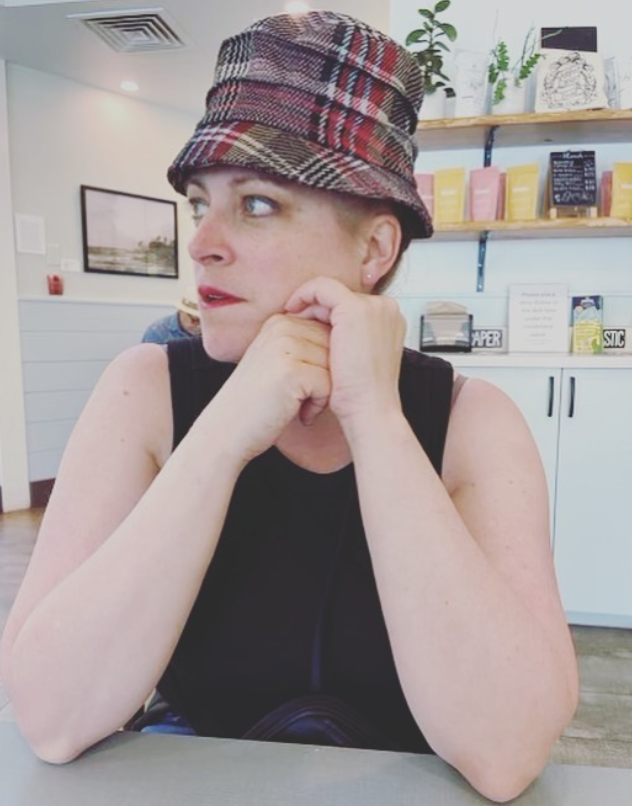How to Use the Program of Studies and Illustrative Outcomes to Plan Online Learning

The Alberta Education Program of Studies includes grade level outcomes and the illustrative outcomes. The illustrative outcomes are examples of how the grade level outcomes manifest in the classroom setting.
The illustrative outcomes are found at this links.
For today, let’s look at an example from Kindergarten. (Note this process is the same for all grades – find the outcome – unpack the illustrative outcome.)
Here is an outcome from:
2.3 Understand Forms, Elements and Techniques
The outcome:
experience a variety of oral, print and other media texts (2.3)
The illustrative outcome:
- After viewing the videocassette (video) The Tender Tale of Cinderella Penguin, the children want to learn about real penguins. They look at some books and watch a videocassette (video) about real penguins. At circle time, the children discuss penguins—what they eat, what they do, where they live, how they care for their babies.
So, let us unpack this illustrative outcome.
- Students view The Tender Tale of Cinderella Penguin on video.
- Students read nonfiction books and videos about real penguins.
- Students talk about what they learned about penguins – what they eat, what they do, where they live, how they care for babies.
How can you live this outcome out through online learning? Note this would not be a lesson for one day, instead it should be divided up over 4-5 days.
1. Have students view The Tender Tale of Cinderella Penguin on video.
2. Find other two other videos on the topic of Penguins for students to view.
3. Suggest that the parents use these questions-to have a discussion with their child. What do they eat? What do they do?, Where do they live? How they care for their babies?
Response options:
There are many response options. Here are some ideas. (For more, search: reader response ideas for kindergarten-insert any grade)
No tech:
Parents record information in a chart for their child.
Children draw a penguin picture and their parents label the drawing.
Tech:
Students use the Paint program to make a picture.
Students use a google doc and make a penguin collage using pictures that match to the information they gathered.
Students use an app like Flipgrid to record their response.
I hope this post has been helpful to you!
Please let me know what you think!
Continue reading if you would like some extra information about “text sets.”
EXTRA INFORMATION to develop similar lessons
NOTE: This illustrative example unpacked in this post, is alluding to “text sets”. That is, the same topic – penguins – explored with a variety of texts. In this example, a video is mentioned, nonfiction books and a nonfiction video.
I have used text sets in the classroom before by pairing a nonfiction book with a fiction book on the same topic. This is the same set up for BookFlix, where a fiction book is paired up with a nonfiction book.
Teachers have free access to BookFlix through Learn Alberta.
A text set can also be a nonfiction book and a nonfiction movie. This is how Truelflix is set up
Teachers have free access to Trueflix through Learn Alberta.
Text sets can also be multiple formats and multiple reading levels. Here is more information about text sets.
That’s all for now!
Please let me know what you think!
Love
Coach Clark 🙂
